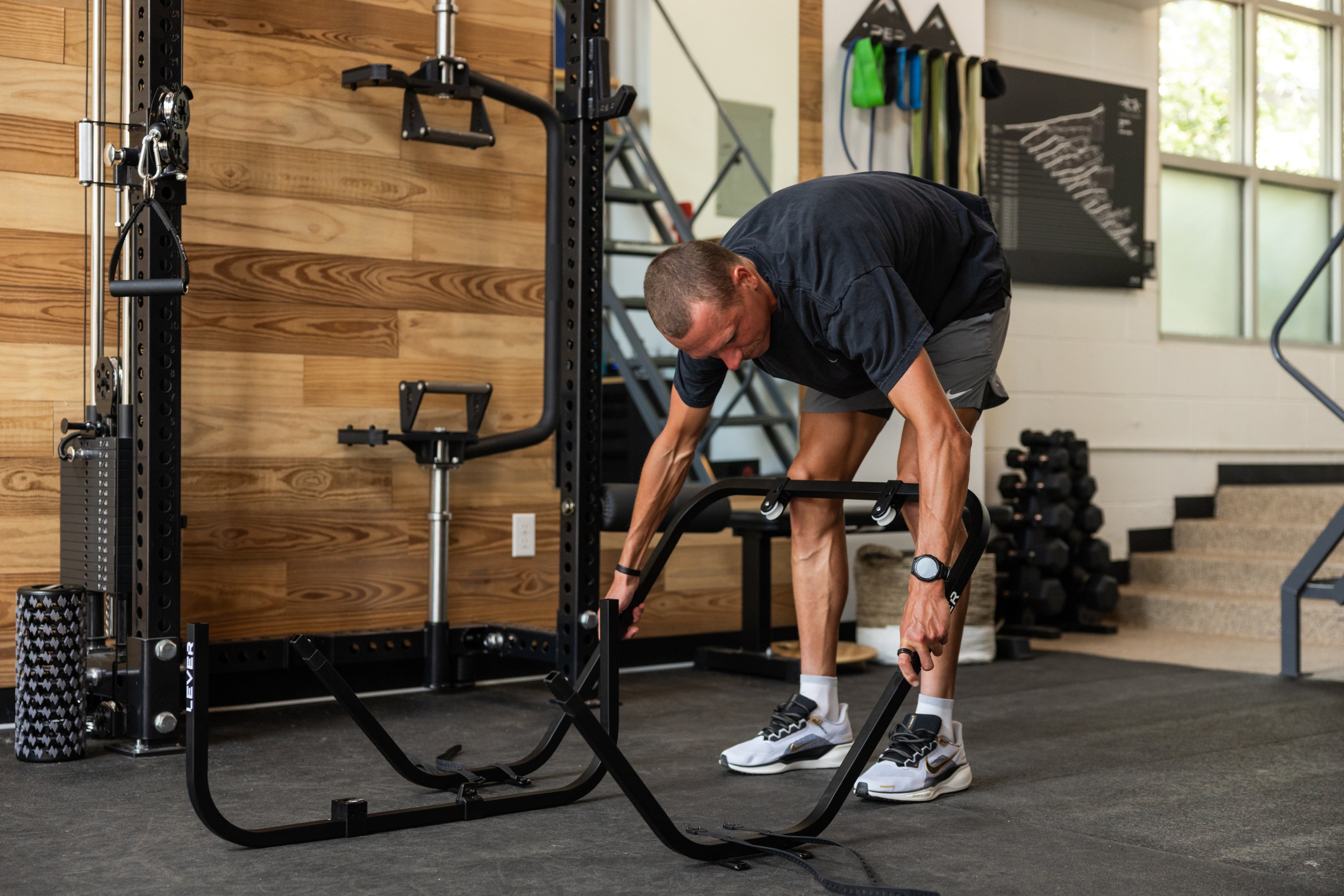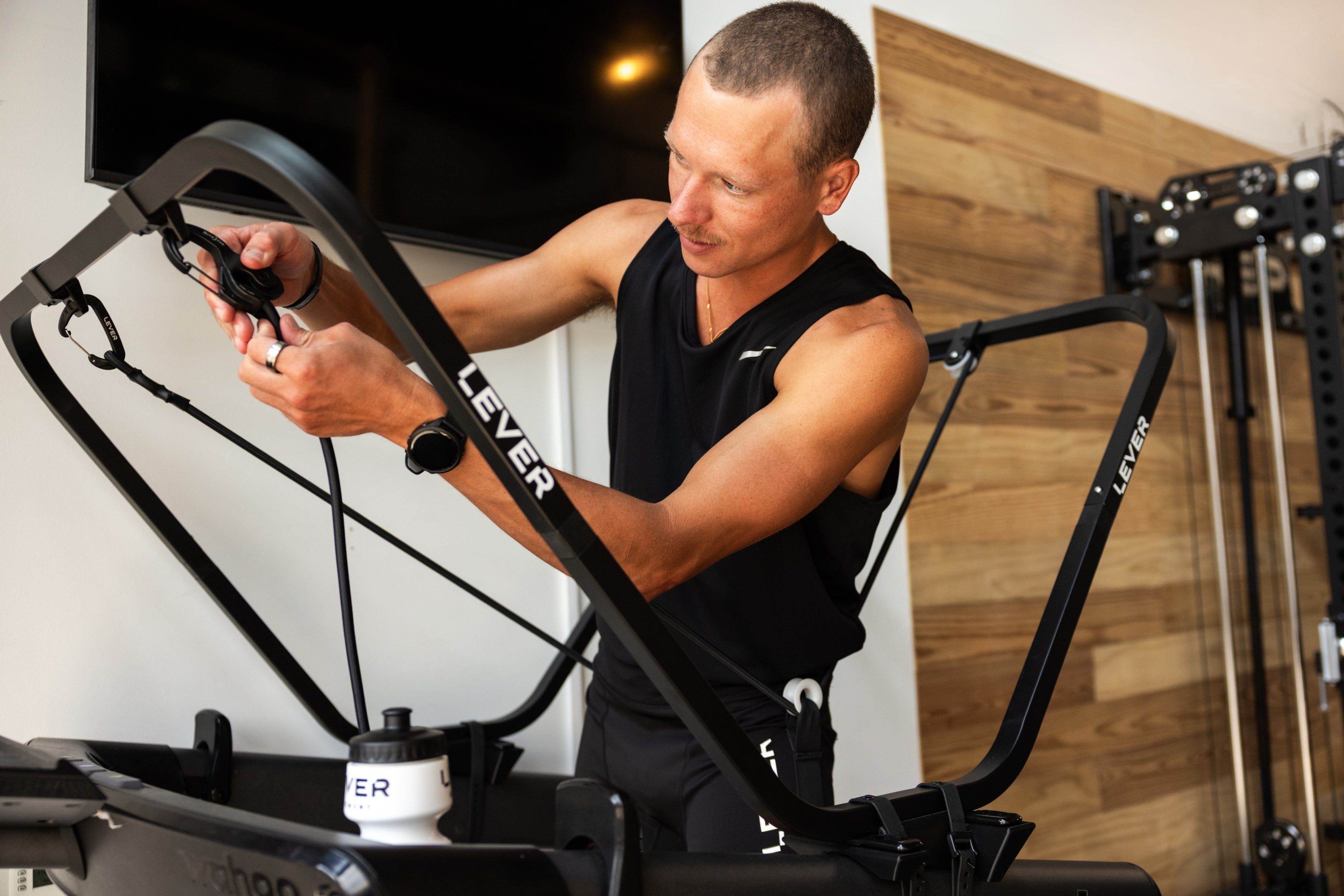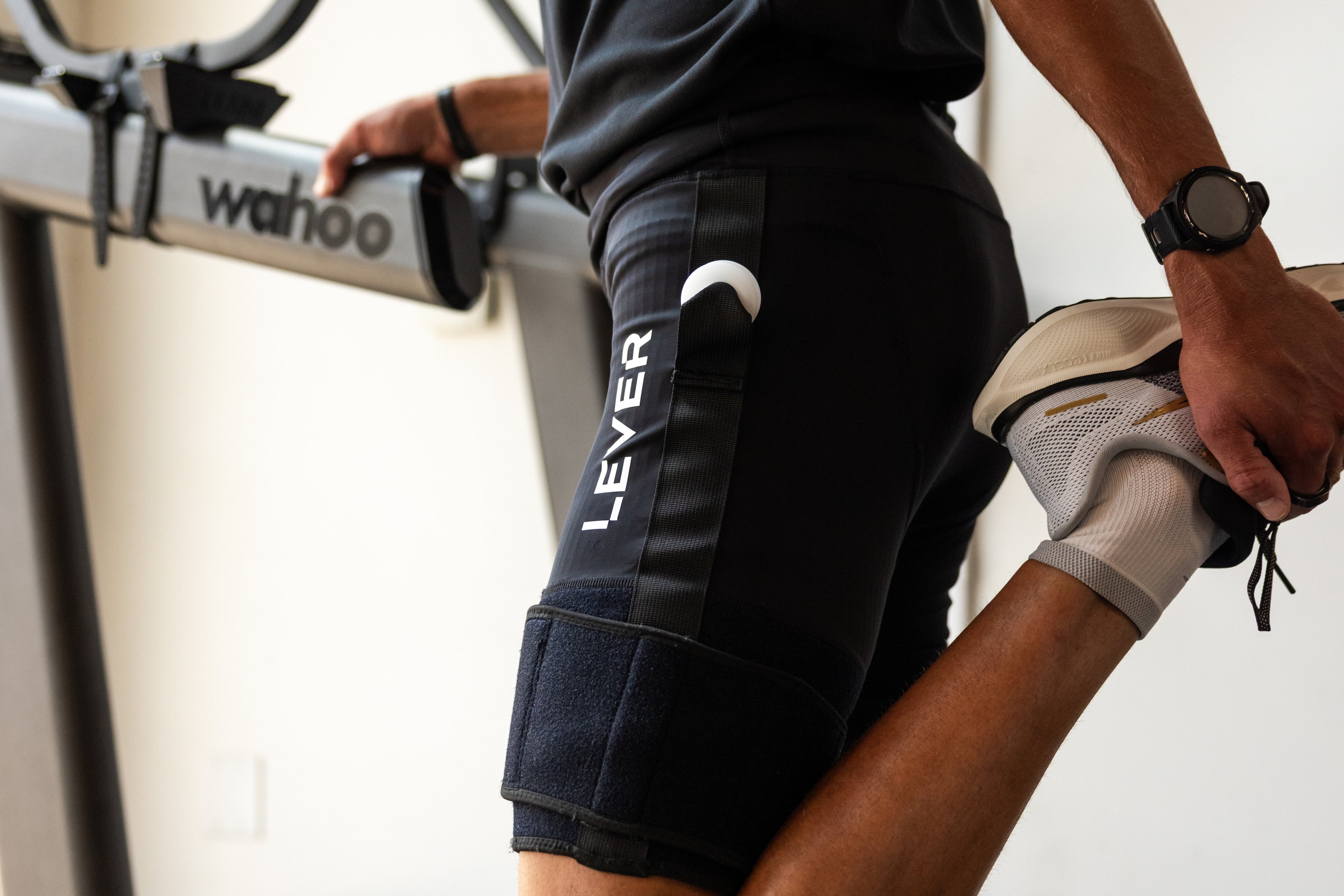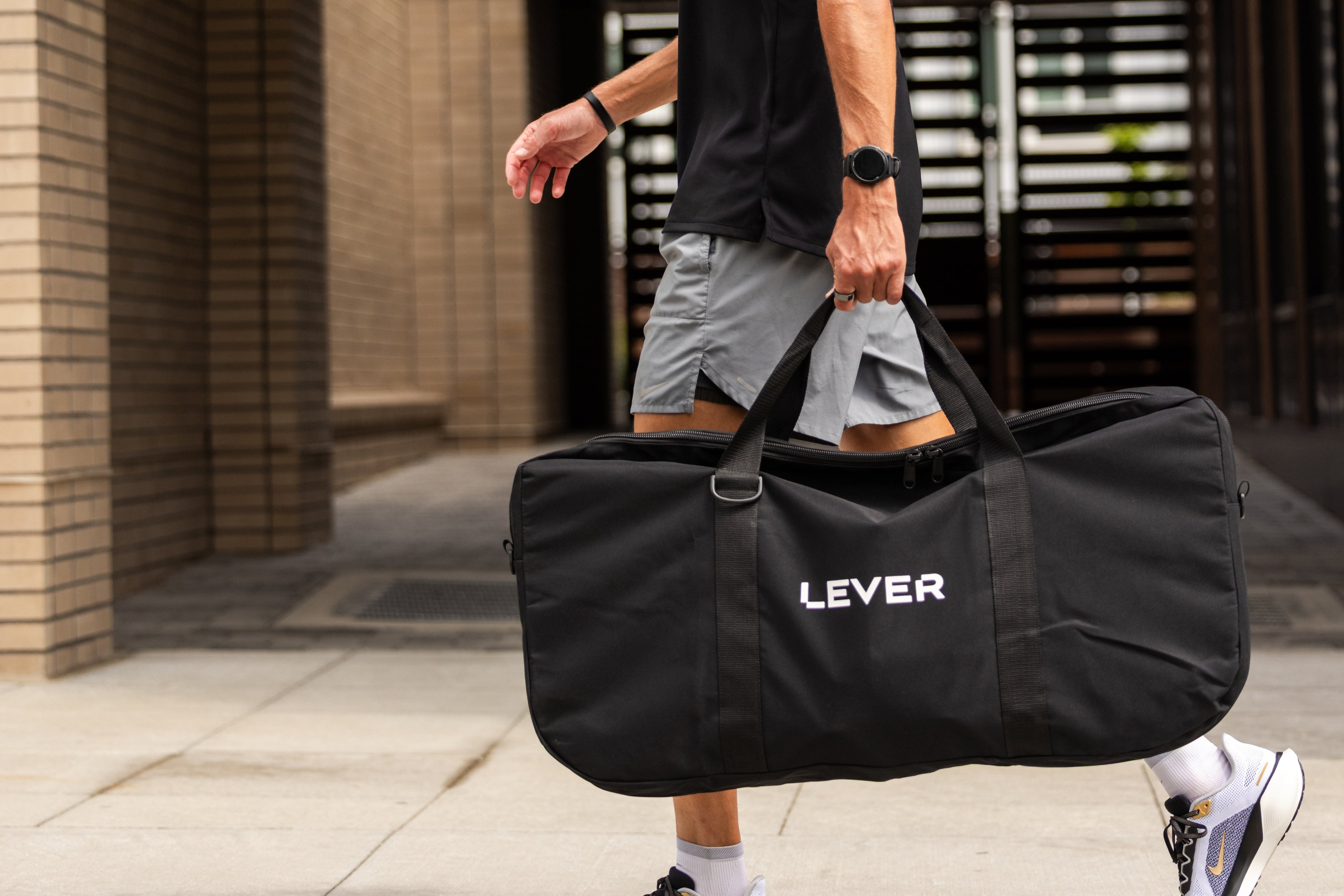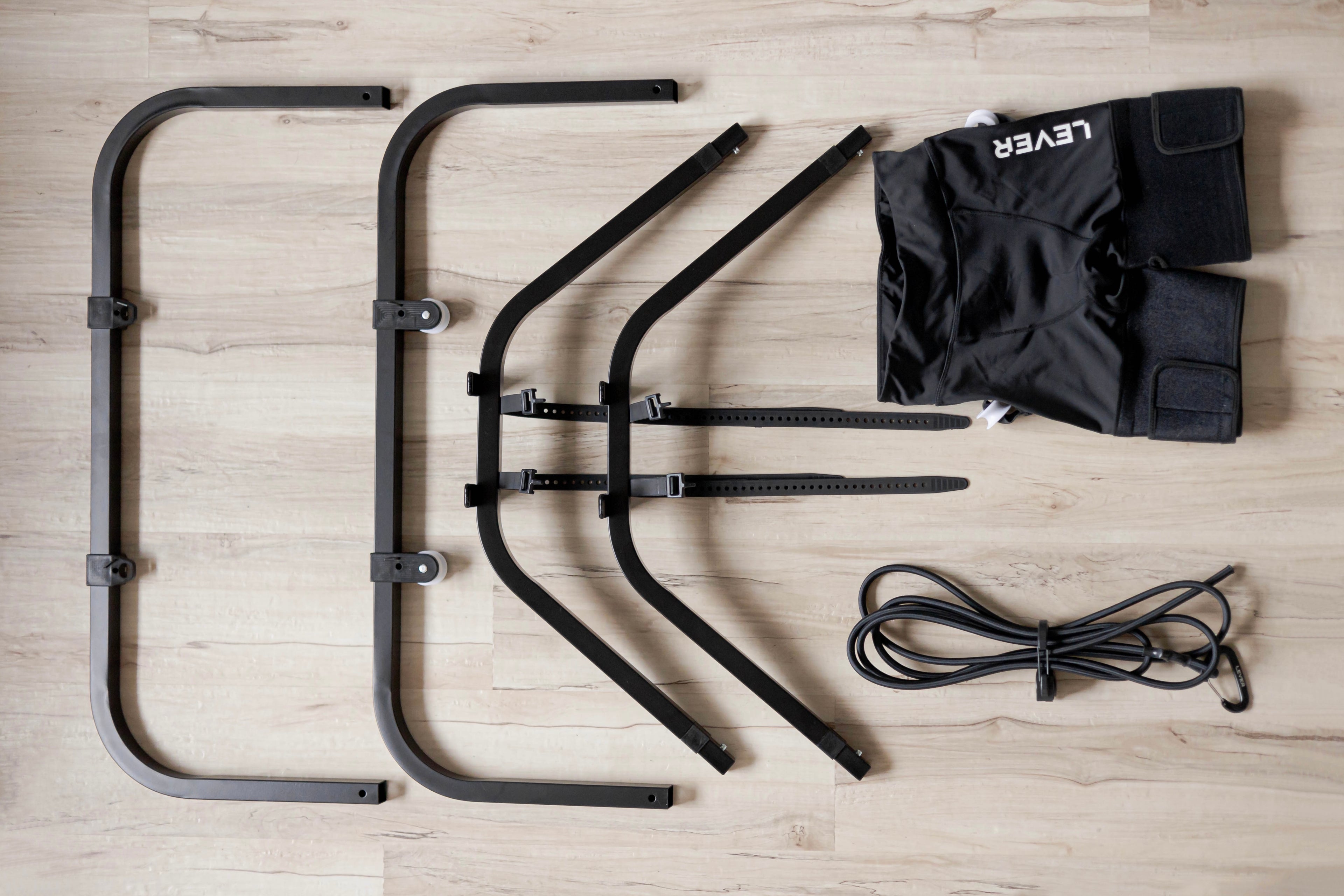Summer is a fantastic time to lace up your running shoes and hit the trails or roads. The longer days and warmer weather provide ample opportunity to enjoy the outdoors. However, the heat and increased activity can also raise the risk of injuries. To help you stay on track and injury-free, here are some tips and strategies to prevent common running injuries this summer.
1. Stay Hydrated
Importance: Dehydration can lead to muscle cramps, dizziness, and fatigue, increasing the risk of injury.
Tips:
- Drink water before, during, and after your runs.
- Consider sports drinks for longer runs to replenish electrolytes.
- Monitor your urine color; pale yellow indicates proper hydration.
2. Warm-Up and Cool Down Properly
Importance: Skipping warm-ups can lead to muscle strains, while neglecting cool-downs can cause stiffness and soreness.
Warm-Up Tips:
- Perform dynamic stretches like leg swings, high knees, and butt kicks.
- Include a 5-10 minute light jog to increase your heart rate gradually.
Cool-Down Tips:
- Slow down to a light jog or brisk walk for 5-10 minutes post-run.
- Incorporate static stretches focusing on major muscle groups used during your run.
3. Invest in the Right Gear
Importance: Wearing improper footwear can lead to various injuries such as plantar fasciitis, shin splints, and knee pain.
Tips:
- Get fitted for running shoes at a specialty store to ensure proper support and fit.
- Replace running shoes every 300-500 miles or when they show signs of wear.
- Consider moisture-wicking clothing to stay cool and dry.
4. Gradually Increase Mileage and Intensity
Importance: Sudden increases in mileage or intensity can lead to overuse injuries like stress fractures and tendinitis.
Tips:
- Follow the 10% rule: do not increase your weekly mileage by more than 10%.
- Incorporate rest days to allow your body to recover.
- Listen to your body; if you feel pain, take a break or reduce your intensity.

5. Incorporate Strength Training
Importance: Strong muscles support joints and reduce the risk of injury.
Tips:
- Focus on exercises that strengthen your core, hips, and legs.
- Include exercises like squats, lunges, planks, and leg raises in your routine.
- Aim for two strength training sessions per week.
6. Run on Varied Surfaces
Importance: Repeatedly running on hard surfaces can lead to impact-related injuries.
Tips:
- Mix up your routes to include trails, grass, and softer surfaces.
- Be cautious on uneven terrain to avoid ankle sprains.
- Consider using body weight support systems like the LEVER system to reduce impact during training.
7. Practice Good Running Form
Importance: Proper form reduces stress on your body and improves efficiency.
Tips:
- Keep your posture upright with a slight forward lean.
- Ensure your feet land under your hips to reduce impact.
- Keep your arms relaxed and avoid crossing them over your body.
8. Listen to Your Body
Importance: Ignoring signs of injury can lead to more severe problems.
Tips:
- If you experience persistent pain, consult a healthcare professional.
- Do not run through pain; rest and recover properly.
- Use tools like foam rollers and massage to aid recovery.

Using the LEVER System to Prevent Injuries
Importance: The LEVER system, a body weight support system, can significantly reduce the impact on your joints and muscles during training, aiding in injury prevention.
Benefits:
- Reduced Impact: The LEVER system helps lower the strain on your joints, reducing the risk of stress fractures, shin splints, and other impact-related injuries.
- Safe Progression: By reducing the load, you can gradually increase your running distance and intensity without overloading your muscles and tendons.
- Enhanced Recovery: Incorporating the LEVER system into your training routine can facilitate quicker recovery by minimizing the wear and tear on your body, allowing for more consistent training sessions.
By integrating the LEVER system into your running regimen, you can maintain a high level of performance while mitigating the risks of common running injuries.
For more tips on running injury prevention and training strategies, subscribe to our newsletter and stay updated with the latest by following us on LEVER Movement IG












